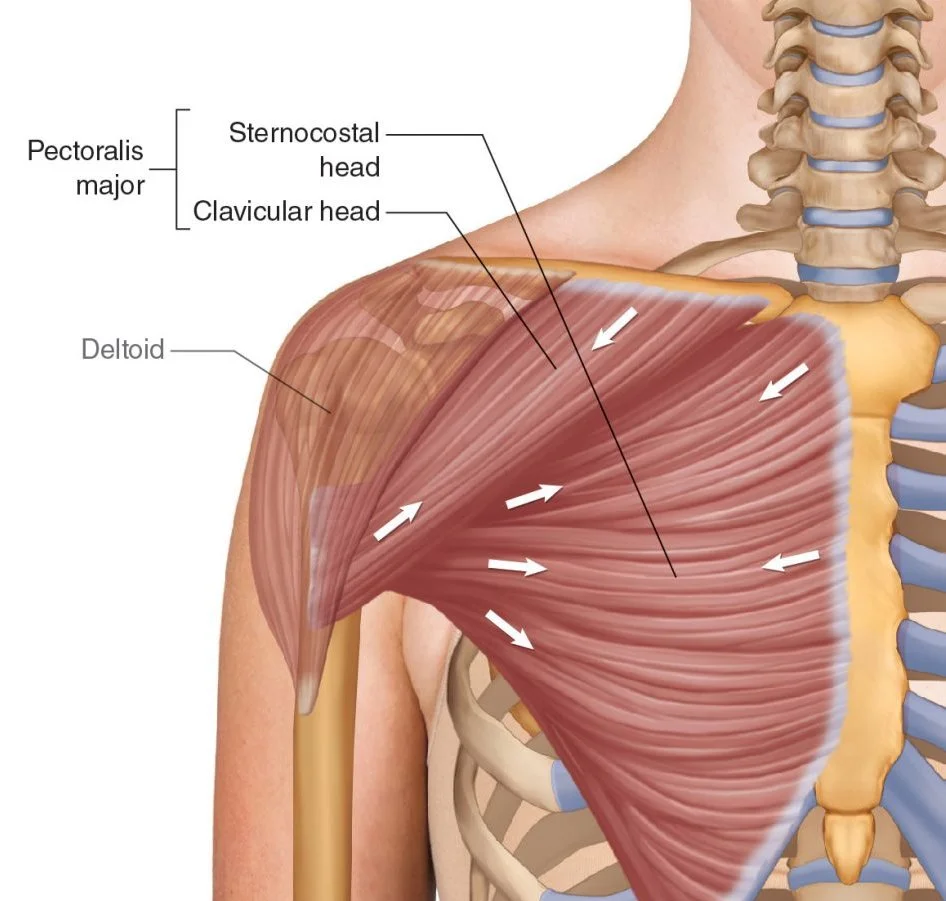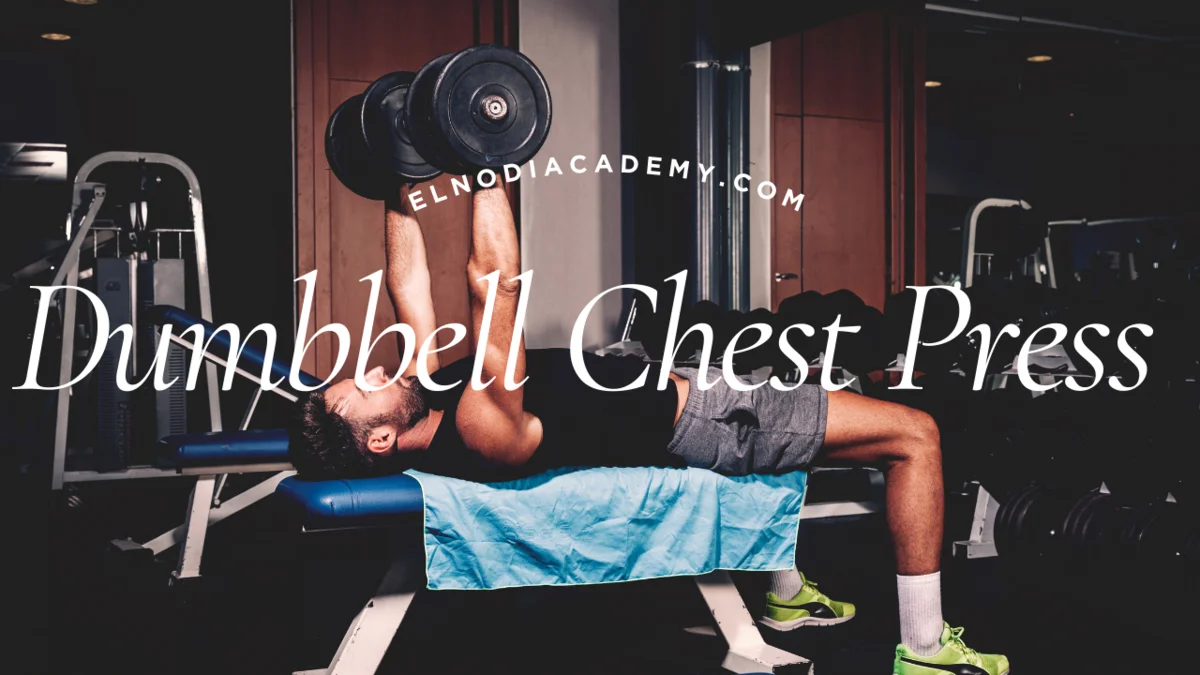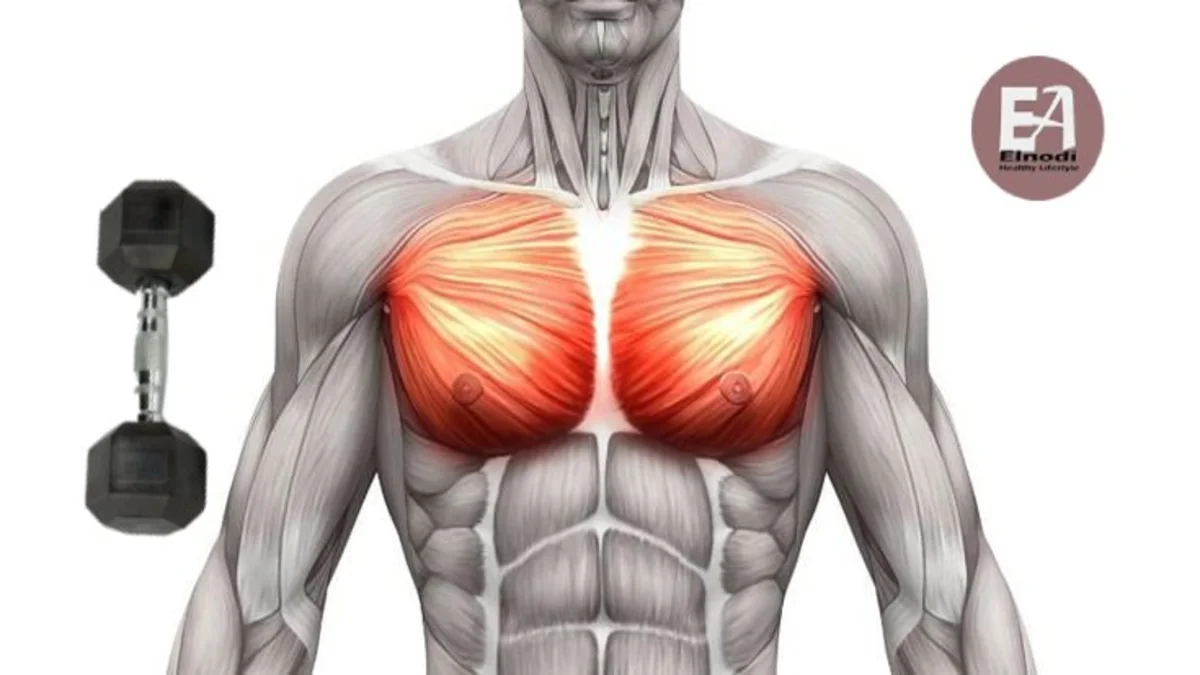The best dumbbell chest press exercises for women and men! Learn how to achieve impressive results with these easy exercises.
Do you want to build bigger chests? Flat, flabby chests are a common problem for men and women. Chest Arnold, the author of this article, has the answer.
Chest training is one of the most effective ways to get stronger, more vascularised muscles and develop sexier abs. Dumbbell chest press exercises are the perfect way to do this without having to go to the gym.
Below we have compiled a list of the best dumbbell chest press exercises for both men and women. whether you’re a beginner or an experienced exerciser, these workouts will help raise your chest muscles. So read on and start building your chest today!
Benefits Of Dumbbell Chest Press
The dumbbell bench press is a great exercise for building upper body strength. It works the chest, triceps, and shoulders, and can help you achieve a well-rounded physique. Here are some of the key benefits of the dumbbell bench press:
It builds chest muscle. The dumbbell bench press is one of the best exercises for targeting the chest muscles. When you do a dumbbell bench press, you’re forced to use more stabilization muscles than with a barbell bench press, which can help you build more muscle mass in your chest.
It strengthens your triceps. The triceps are the muscles on the back of your upper arm, and they’re important for pushing movements like the bench press. The dumbbell bench press can help you build strong triceps, which will make it easier to lift heavier weights and build more muscle mass in your chest.
It works your shoulders. The shoulders are another important muscle group that’s targeted by the dumbbell bench press. The dumbbell bench press can help you build strong shoulders, which will improve your posture and make it easier to perform other exercises, such as the overhead press.
It’s a versatile exercise. The dumbbell chest press can be done in a variety of ways, which makes it a versatile exercise that can be tailored to your individual needs. For example, you can adjust the weight of the dumbbells, the angle of the bench, and the range of motion to target different muscle groups and achieve different results.
It’s a safe exercise. The dumbbell bench press is a relatively safe exercise when performed correctly. However, it’s important to use proper form to avoid injuries. If you’re new to exercise, it’s a good idea to start with light weights and gradually increase the weight as you get stronger.
Dumbbell chest Press Muscles Worked

Pectoralis major: The pectoralis major is the largest muscle in the chest. It is responsible for pushing movements, such as the bench press.
Triceps brachii: The triceps brachii is the muscle on the back of the upper arm. It is responsible for extending the elbow.
Anterior deltoid: The anterior deltoid is the front part of the shoulder muscle. It is responsible for raising the arm in front of the body.
Serratus anterior: The serratus anterior is a muscle that helps to stabilize the shoulder blade. It is also involved in some pushing movements, such as the bench press.
Dumbbell Chest Press Exercise

Instructions
- Using a neutral grip (palms facing in), pick up the dumbbells from the floor. Sit on the bench with the ends of the dumbbells in your hip crease.
- Lay back and bring the weights close to your chest to get into position. Take a deep breath and press the dumbbells to lock out at the top once you’re in position.
- Lower the dumbbells as far as you can comfortably go (the handles should be roughly level with your chest).
- Push the dumbbells back up to the starting position by contracting the chest.
- Repeat until the desired number of repetitions has been reached.
Dropping the dumbbells to the side is not recommended unless you are familiar with the technique or are using extremely heavy weights.
Ideally, you should twist the dumbbells back to neutral (palms facing each other), raise your knees up so the ends of the dumbbells touch your thighs, and then rock back to an upright, seated position using the weight of the dumbbells.
Tips
- Maintain extra tension in the pecs by not completely locking out the elbows.
- Maintain a 45-degree angle with the weights to keep the elbows in a neutral posture.
- Allow the dumbbells to collide at the peak of each rep; bouncing them together may cause you to lose shoulder stability and harm yourself.
- Squeeze the dumbbells as tightly as possible to improve “irradiation,” a characteristic that promotes improved shoulder stability.
- Maintain a safe position for your shoulders by pinching your shoulder blades together.
- Consider pushing yourself away from the weights rather than pushing the weights away from you.
- If you’re experiencing pain within the shoulder joint (particularly in the front), keep your shoulder blades slightly retracted and the shoulder girdle “packed.”
- Maintain some tightness in your abs and avoid arching your lower back excessively.
- Keep your feet firmly on the floor and don’t move your lower body during the session.
Common Dumbbell Chest Press Mistakes
After you lie down on the bench, make sure your feet can firmly plant onto the floor, which is essential for stabilizing your upper body throughout the dumbbell bench press, says Henry. If you’re too short to reach the ground, place your feet on weight plates or firm, cork yoga blocks at the sides of the bench, she suggests. Once you’re settled, make sure your triceps form a roughly 45- to 70-degree angle with your sides — not a 90-degree angle, which can place excessive strain on your pecs, says Henry.
The dumbbell chest press is an excellent workout for developing chest muscle, but good form is essential to avoid injury. The following are some of the most common dumbbell chest press errors:
Using too much weight. One of the most common mistakes people make when performing the dumbbell chest press is this. When you use too much weight, you’re more likely to rely on momentum to lift the dumbbells, which might strain your shoulders and chest.
Flaring your elbows. When you extend your elbows to the sides, you place greater strain on your shoulders. Instead, maintain your elbows tight to your sides the entire time.
Not engaging your chest. It is critical to lift the weights with your chest muscles rather than your shoulders or arms. If you’re not engaging your chest, you’re not getting the full benefit of the exercise.
Not using a full range of motion. It’s important to lower the dumbbells all the way down to your chest and then press them back up to the starting position. If you don’t use a full range of motion, you’re not working your chest muscles as effectively.
Arching your back. Arching your back can put stress on your lower back. Instead, keep your back flat on the bench throughout the movement.
Bending your wrists. Wrist and forearm strain can be caused by bending your wrists. Instead, maintain a straight wrist throughout the movement.
Precautions And Safety Dumbbell Chest Press
The dumbbell chest press is a relatively safe exercise when performed correctly. However, there are a few safety precautions you can take to reduce your risk of injury.
Use a weight that is challenging but allows you to maintain good form. If the weight is too heavy, you’re more likely to use momentum to lift the dumbbells, which can put stress on your shoulders and chest.
Lower the dumbbells slowly and control. This will help to prevent you from dropping the dumbbells on your chest.
Pause at the bottom of the movement before pressing the dumbbells back up. This will help to engage your chest muscles and prevent you from using momentum to lift the dumbbells.
Keep your elbows close to your sides throughout the movement. This will help to protect your shoulders.
Don’t arch your back. Arching your back can put stress on your lower back.
Bend your wrists slightly. This will help to protect your wrists and forearms.
Have a spotter if you’re lifting heavy weights. A spotter can help you if you get stuck in the bottom position of the movement.
FAQ
is dumbbell chest press good?
With proper form, the dumbbell bench press activates muscle groups throughout your upper body, including your triceps, pectoral muscles (especially the pectoralis major), and anterior deltoids.





